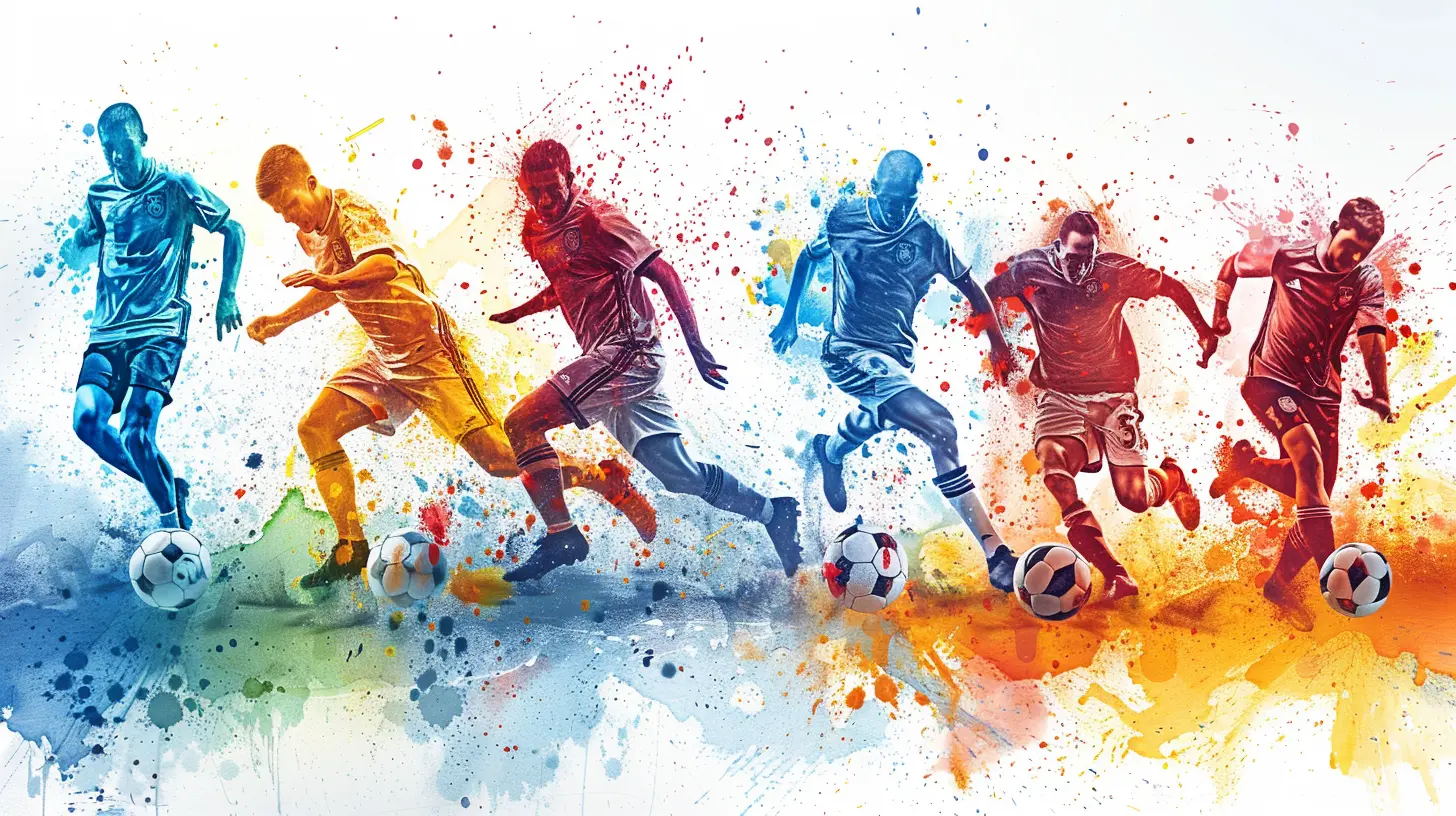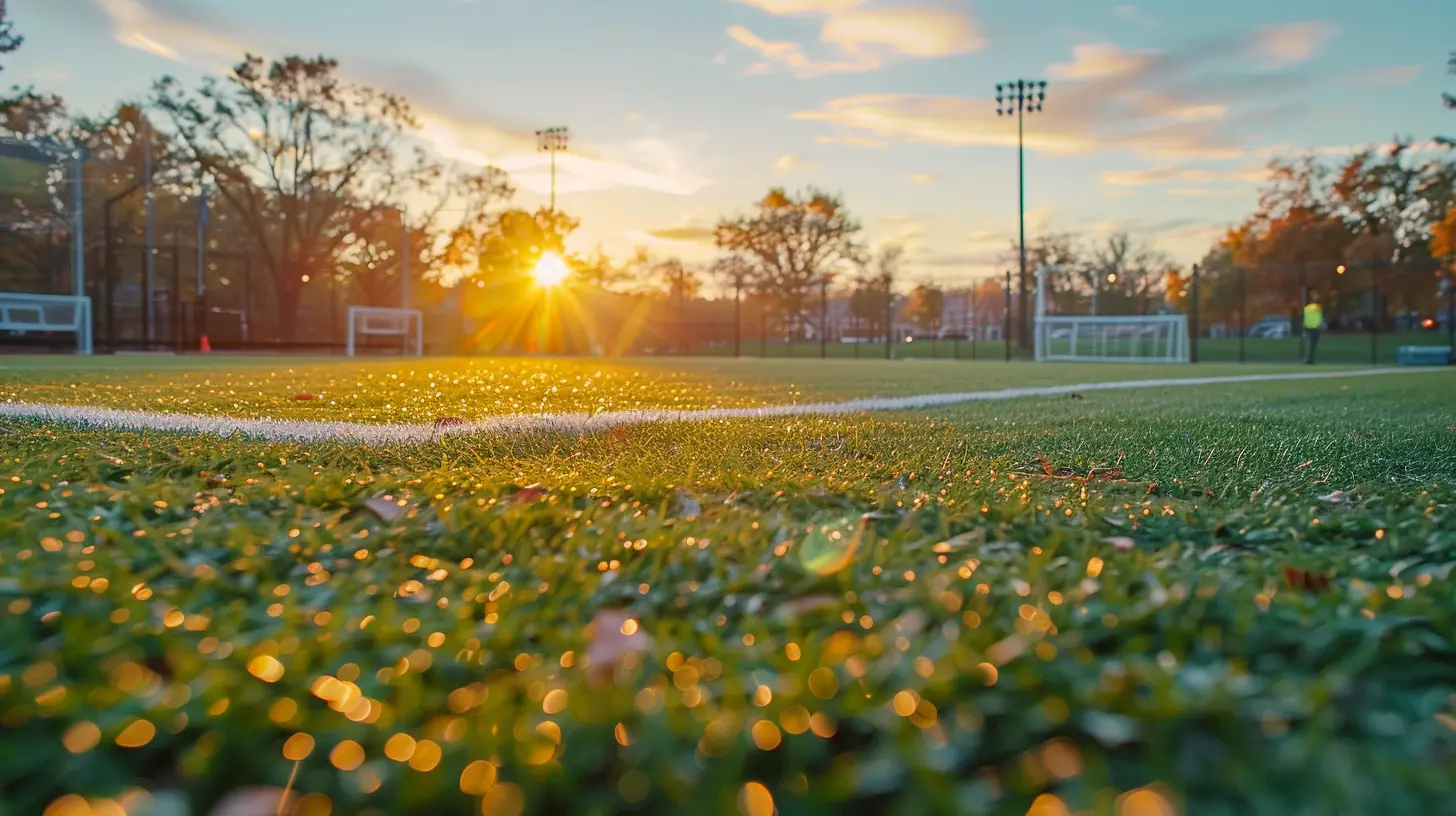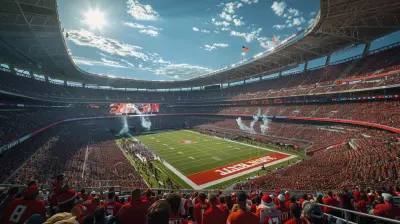How Club Teams Are Revolutionizing Youth Development Programs
9 August 2025
When we think about youth sports, we often picture weekend games, orange slices at halftime, and enthusiastic parents cheering from the sidelines. But that’s just the tip of the iceberg. Lately, there's been a massive shift in how young athletes are nurtured and prepared for the big leagues — and surprisingly, it’s not schools driving this change. It’s club teams.
Yep, club teams are turning the old-school model of youth development on its head. Where schools and local leagues once dominated, elite clubs and academies are stepping in with professional-level training, state-of-the-art facilities, and a laser focus on long-term athlete development. But what’s really going on behind the scenes? Why are clubs making such an impact? And what does this mean for the future of youth sports?
Let’s break it all down.
The Old vs. New Model of Youth Development
Traditional Youth Development: School First, Sport Second
Back in the day, young athletes typically honed their skills through school teams or local recreational leagues. The focus was more on participation than performance. Coaches were often volunteers, and while their hearts were in the right place, not everyone had formal training. The season was short, the travel minimal, and the practices… well, they might’ve looked more like recess some days.This system had its benefits — less pressure, more fun — but it also meant that only the naturally gifted or those with access to private training advanced to higher levels.
Club Teams: A Game-Changer in Every Sense
Fast forward to now, and club teams have completely rewritten the playbook. These aren’t just weekend hobby groups. Club teams operate year-round, with professional coaches, advanced fitness programs, mental training, and exposure to college and pro scouts. It’s a whole ecosystem crafted to take young talent all the way from grassroots to glory.
What Sets Club Teams Apart?
1. Professional Coaching and Specialized Training
Let’s be real — when a 12-year-old has a strength coach, nutritionist, and tactical expert in their corner, you know the game has changed.Club teams prioritize hiring coaches who are not only certified but have real-world experience — think former professional players, national team trainers, or high-level collegiate coaches. That means players aren’t just learning how to play; they’re learning why tactics work, how to prepare mentally, and how to turn weaknesses into strengths.
2. Year-Round Commitment = Faster Development
Ever heard the saying “practice makes perfect”? Well, club teams live by it.Unlike school sports which usually run for a season, club teams compete and train all year long. That means more reps, more film study, more technical drills, and more growth — all packed into a tight, consistent schedule. The result? Players develop faster and get better opportunities to showcase their skills.
3. Access to Better Facilities and Technology
Step into a top-tier club team’s facility and you might feel like you’ve entered a mini version of a Pro team headquarters. We’re talking indoor turf fields, cryotherapy recovery rooms, GPS tracking for performance monitoring, video analytics — the works.This sort of infrastructure simply doesn’t exist in most schools or community leagues. With access to cutting-edge technology, players know exactly where they stand physically and what they need to improve on.
The College Connection: A Direct Pipeline
The Club-to-College Highway
If your kid plays a sport in high school, chances are they’ll need club team exposure to get noticed by college scouts. Why? College coaches flock to club tournaments and showcases since they gather the best talent in one place. Instead of traveling to 20 different high schools, they can scout dozens of top-tier players in one weekend.Club programs also help players navigate the recruiting process — building highlight reels, contacting coaches, managing eligibility requirements, and even offering SAT prep. They are more than just sports teams; they’re full-service athlete development agencies.
Scholarships and Financial Opportunities
For many families, getting into a good college on an athletic scholarship is the dream. Club teams, through their partnerships and networks, often have strong links with college programs, offering athletes a better shot at scholarships that could save thousands of dollars — or unlock doors to elite academic institutions.
Going Global: International Influence and Inspiration
European and South American Models
Club teams in the U.S. are heavily inspired by international models — especially in soccer. Take a look at powerhouse academies like FC Barcelona's La Masia or Ajax’s youth system. These clubs start training kids as young as six, grooming them with a consistent philosophy that aligns with the club’s identity.U.S. clubs are adopting similar structures, creating talent pipelines that not only compete nationally but also internationally. American kids now travel to Europe or South America for tours, tournaments, and training experiences they’d never get in a traditional system.
Cross-Sport Influence
It’s not just soccer. You’ll find club structures elevating youth development in basketball, volleyball, baseball, hockey, and even esports. Everyone’s borrowing best practices from around the world to create the optimal environment for aspiring athletes.The Impact on Young Athletes (And Their Families)
Pros: Personalized Growth and Bigger Opportunities
Let’s face it — if your child is serious about their sport, club teams offer unmatched resources and exposure. From sports psychologists to strength and conditioning coaches, club athletes have a support system usually reserved for professionals. They’re taught discipline, time management, teamwork — life skills that pay off far beyond the field.Cons: The Price of Progress
Not everything is sunshine and trophies, though. Club teams can be expensive, with fees ranging from hundreds to thousands of dollars per season. Then there’s travel, equipment, and sometimes even private coaching.The pressure to perform can also be intense. With scouts watching and scholarships on the line, some kids may feel overwhelmed, burnt out, or simply lose the joy of playing.
Club Teams and Inclusivity: Work Still To Be Done
Here’s a reality check — not every family can afford a club team. And that creates a talent bottleneck where some incredible athletes get left behind because of costs.Thankfully, some clubs are starting to address this. More scholarship programs, community outreach initiatives, and pay-to-play alternatives are emerging. But if club teams truly want to revolutionize youth development, breaking down financial barriers has to be part of the plan.
The Future of Youth Development — Where Are We Headed?
Hybrid Models and School Partnerships
Some high schools and club teams are now working together to create hybrid models — where students can play for their school and also be a part of a club team. This bridges the gap between community and elite play, giving athletes the best of both worlds.Early Specialization vs. Multi-Sport Development
There’s also a growing debate: Should kids specialize in one sport early, or play multiple ones? Club teams tend to push early specialization, but sports scientists argue that multi-sport participation builds better overall athleticism and prevents burnout. The future might just involve more customizable plans for each athlete based on their goals, interests, and health.Tech-Driven Training and Virtual Coaching
As technology advances, expect club teams to lean even more on data. Think AI-powered video analysis, remote coaching sessions, virtual reality training — it’s like turning every young athlete into Iron Man with a digital assistant.The Bottom Line
Club teams aren’t just changing the youth sports scene — they’re reshaping it from the ground up. They offer a professional, focused, and supportive environment that schools often can’t match. But with that shift comes new responsibilities: ensuring access for all, maintaining a balance between performance and enjoyment, and putting mental well-being at the forefront.So, whether you’re a parent, coach, or young athlete dreaming of the big leagues, keep your eyes on this revolution. Because the future of youth sports? It’s already here — and it’s wearing a club jersey.
all images in this post were generated using AI tools
Category:
Club TeamsAuthor:

Umberto Flores
Discussion
rate this article
1 comments
Gemma Green
Club teams are flipping the script on youth development, and it’s about time. By prioritizing skill over mere participation, they’re crafting elite athletes who can compete on a global stage. Let’s ditch the outdated methods and embrace this bold evolution—our future stars deserve nothing less. Change is here!
September 16, 2025 at 11:21 AM

Umberto Flores
Thank you for your insightful comment! I completely agree—prioritizing skill development is crucial for nurturing elite athletes. Embracing this evolution will certainly shape a brighter future for sports.

